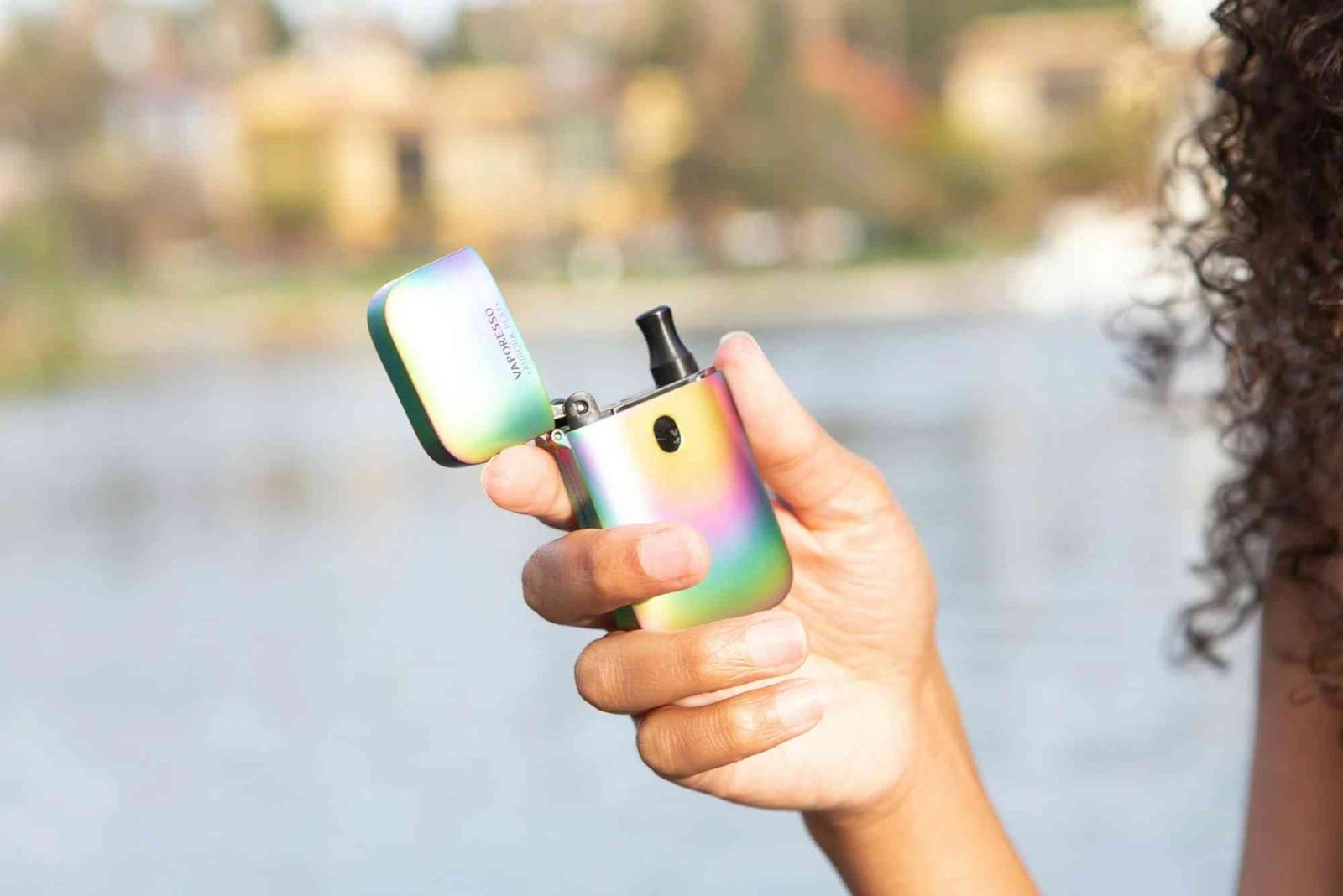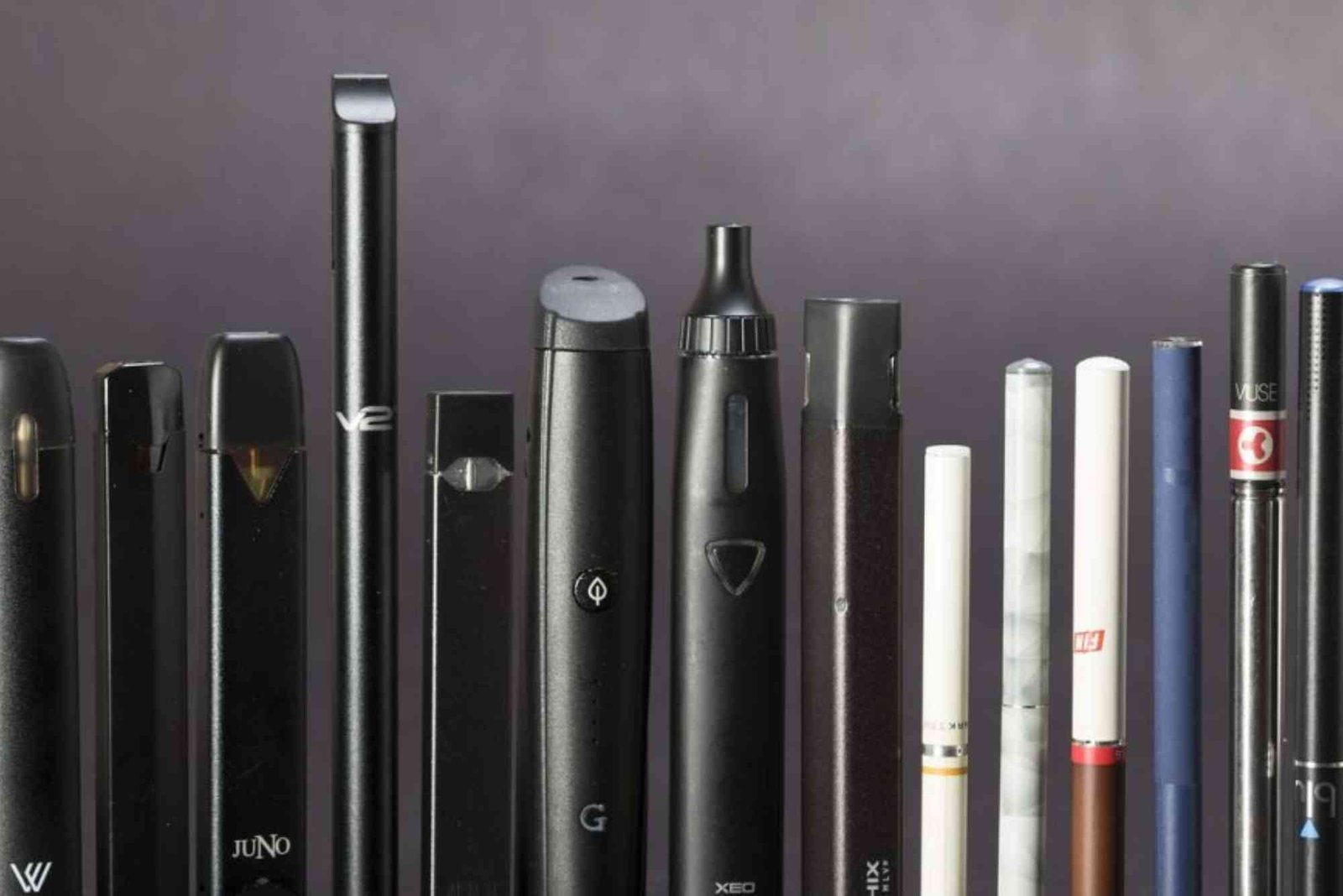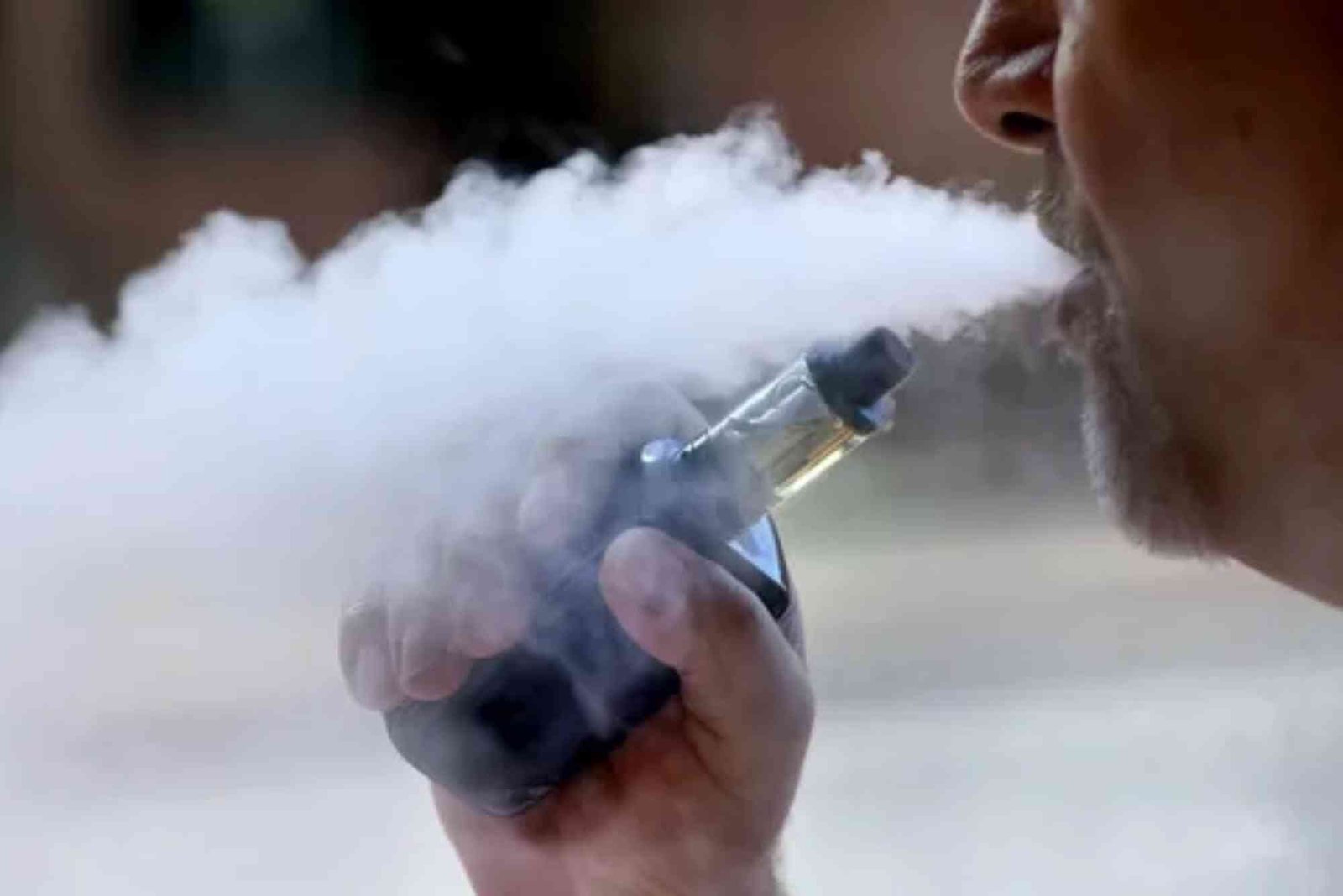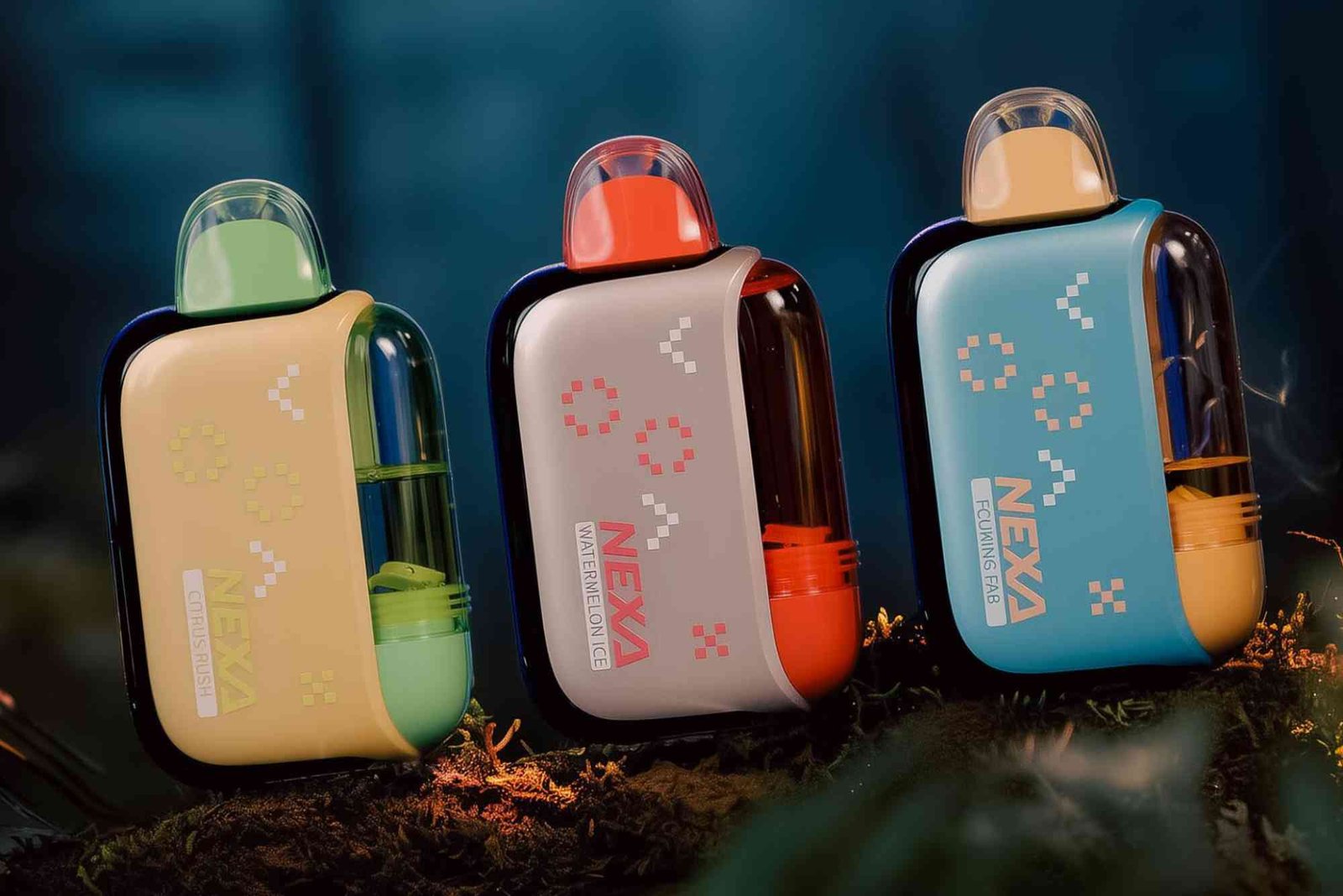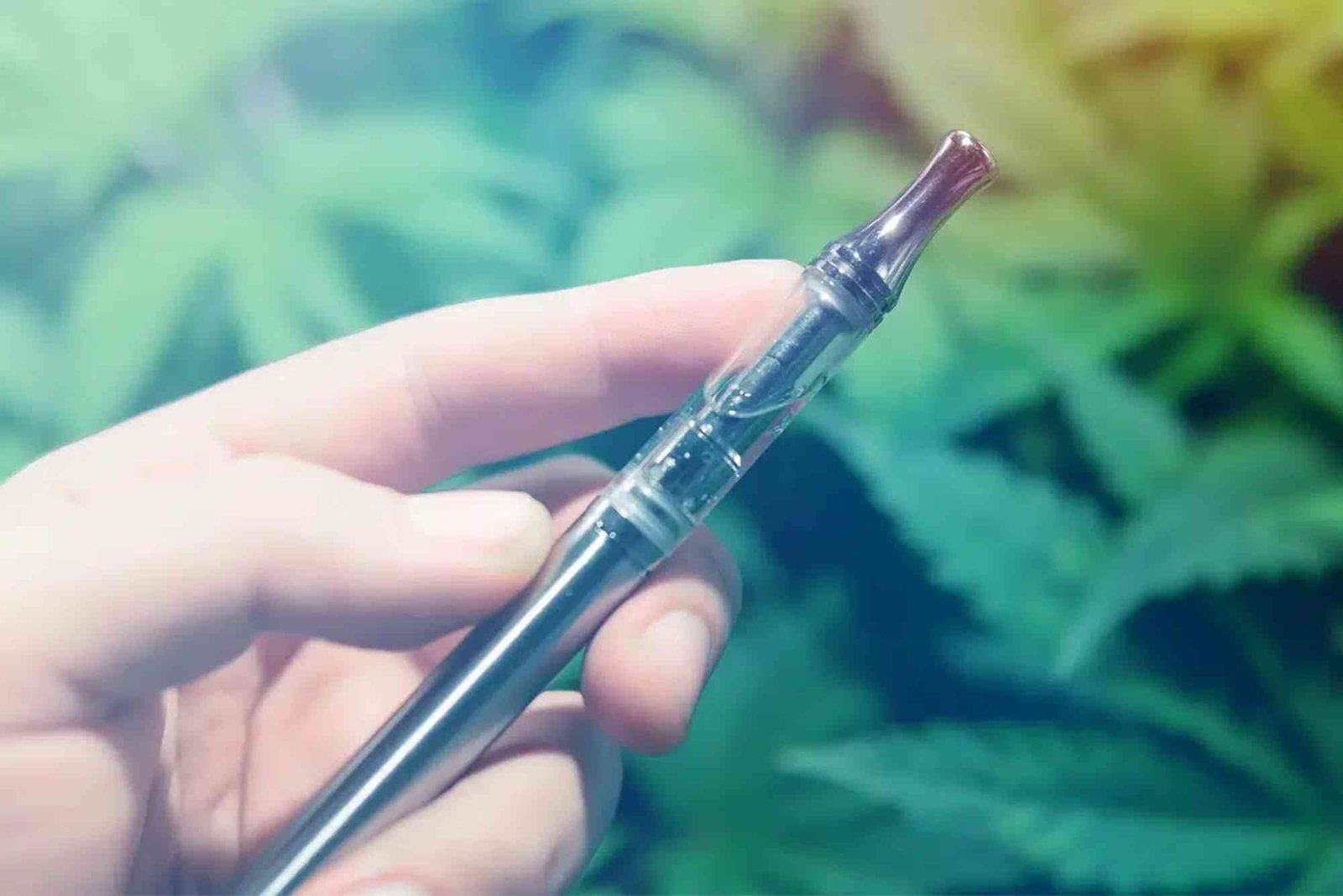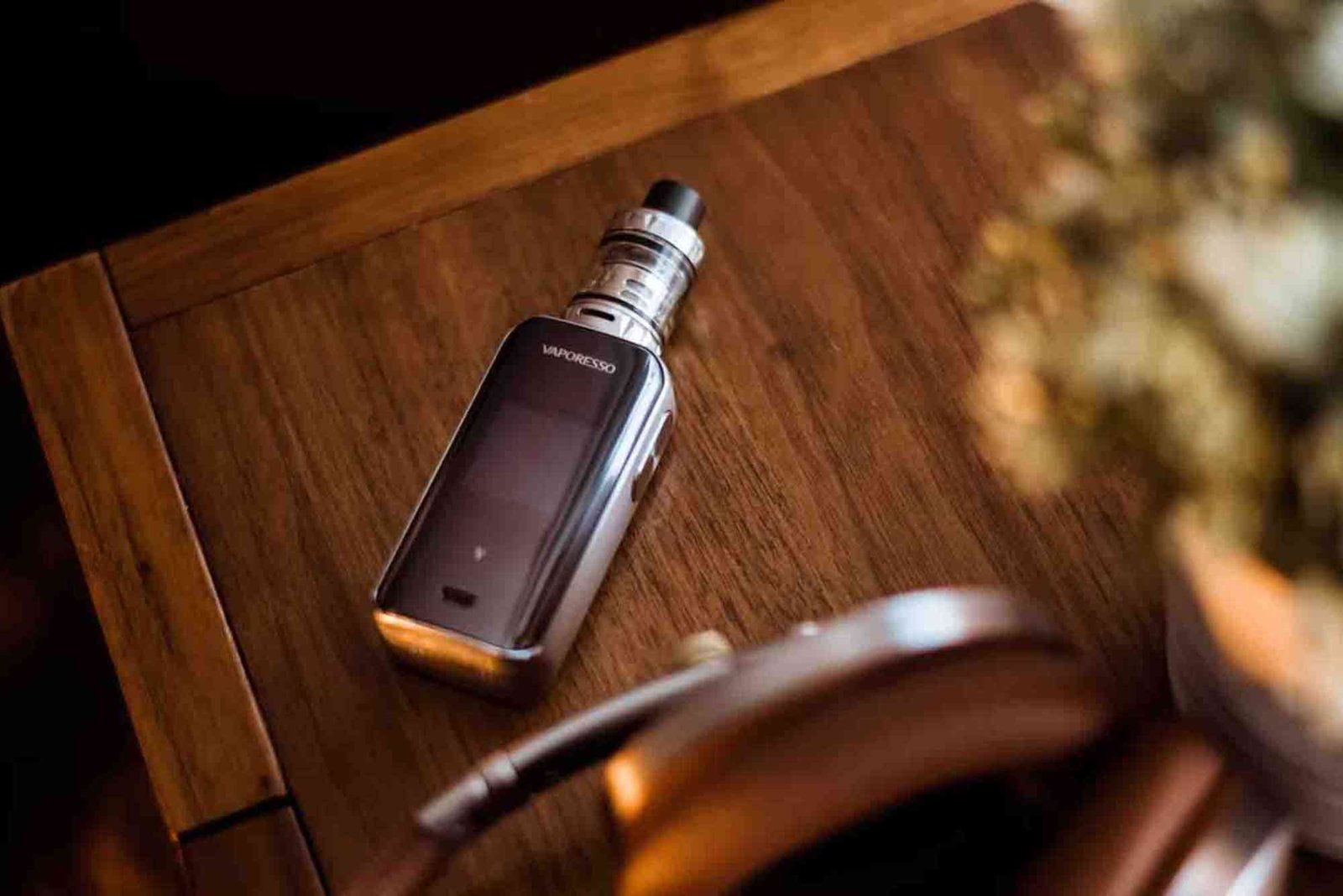Battery Safety Tips for Vape Users
In the world of vaping, battery safety is often overlooked, yet it is one of the most critical aspects of enjoying a secure and reliable experience. Whether you’re a seasoned vaper or just starting out, understanding vape battery safety is essential. Improper handling of vape batteries can lead to malfunctions, fires, or even explosions. Fortunately, most of these issues are preventable with a bit of knowledge and caution.
This guide covers everything you need to know about keeping your vape batteries safe—from choosing the right battery to daily handling habits and storage techniques. By the end, you’ll have the confidence to vape responsibly and avoid common battery-related risks.
Why Vape Battery Safety Matters
Batteries are the heart of your vape device. They power the coils that heat your e-liquid and turn it into vapor. Most vape devices use high-drain lithium-ion batteries, which can be powerful and effective when used properly. However, if mishandled, these batteries can pose serious risks.
Reports of vape devices exploding in pockets or while charging may sound rare, but they’re real. These accidents usually stem from ignorance—poor-quality batteries, improper storage, overcharging, or physical damage. Understanding vape battery safety can prevent such dangerous scenarios and ensure you enjoy vaping without stress.
Choose the Right Battery
Not all batteries are made equal. Cheap or counterfeit batteries may save you a few dollars, but they often lack critical safety features. When choosing a battery, buy only from reputable brands like Sony, LG, Samsung, or Molicel. Avoid batteries with vague labeling or no authenticity verification.
Ensure that the battery’s amp rating matches your device’s power demands. Using a battery that can’t handle the required output may lead to overheating or failure. Always check compatibility with your device or consult your user manual if unsure.
Handle Batteries with Care
Physical damage is one of the leading causes of battery failure. Even a minor tear in the battery wrap can lead to a short circuit if the battery touches metal surfaces. If you notice any damage, replace the wrap or the battery entirely.
Never carry loose batteries in your pocket or bag. Keys, coins, or metal objects can create a connection between the battery’s terminals and cause it to short out. Use a plastic battery case to store and transport your cells safely. Don’t expose batteries to extreme temperatures. Heat can increase pressure inside the battery, while cold can cause power loss. Always keep them at room temperature whenever possible.
Charge Responsibly
Charging is one of the riskiest times for any lithium-ion battery. To ensure maximum vape battery safety, use only chargers recommended by your device manufacturer. Avoid cheap or third-party chargers that might not have overcharge protection.
Never leave your vape device or batteries charging overnight or unattended. While modern chargers usually have safety cutoffs, accidents can still happen. If your battery gets unusually hot while charging, unplug it immediately and let it cool down in a safe area. Don’t mix and match batteries with different charge levels in multi-battery mods. Always pair batteries that have been used and charged together to maintain balance and prevent uneven wear.
Monitor Battery Health
Even the best batteries have a limited lifespan. After about 300 to 500 charge cycles, most vape batteries begin to lose their efficiency. Diminished battery performance can lead to underpowered vaping or unpredictable behavior.
Signs that your battery may need replacement include reduced battery life, difficulty holding a charge, overheating, or visible physical damage. Never continue using a battery that shows signs of deterioration.
Learn About Ohm’s Law
If you’re using a mechanical mod or an unregulated device, you need to understand Ohm’s Law. This basic principle governs how current, voltage, and resistance interact in your vape setup. Failing to understand the relationship between your battery’s limits and your coil’s resistance can result in dangerous amp draw and overheating.
For instance, a battery with a 20-amp limit should not be paired with a coil build that draws more than that current. Use an Ohm’s Law calculator if you’re unsure, and never build below safe resistance levels.
Use Regulated Mods When Possible
While mechanical mods are popular among hobbyists for their simplicity and customization, they offer no built-in safety features. Regulated mods, on the other hand, include chipsets that provide protections such as short circuit prevention, overcharge protection, and temperature monitoring.
If you’re new to vaping or prefer a more worry-free experience, stick with regulated devices. They’re not only safer but also more user-friendly and efficient.
Store Batteries Safely
Proper storage is another key element of vape battery safety. If you’re not using your batteries for a while, store them in a cool, dry place away from direct sunlight or moisture. Use dedicated battery containers—not drawers or metal tins.
Don’t store fully discharged or overcharged batteries. Ideally, keep them at about 40–60% charge if they’re being stored long-term. This prevents capacity loss and prolongs battery life.
Avoid DIY Battery Fixes
It may be tempting to fix a torn wrap or a dented battery at home using tape or glue. However, improper repairs can compromise safety. If you must rewrap a battery, use proper battery wraps and heat tools designed for the purpose.
For any serious battery damage—like dents or leaks—dispose of the battery at a certified e-waste recycling center. Never throw vape batteries in the trash or burn them.
Practice Everyday Battery Awareness
Being aware of your vape battery’s condition is an ongoing task. Always inspect your batteries before inserting them into a device. Look for signs of damage, residue, or overheating. If your device starts acting strangely, such as random power loss or inconsistent firing, your battery might be the cause.
Also, keep your device clean. Dirty or corroded contacts between the battery and the mod can interfere with power flow and cause performance issues. Regularly wipe down battery terminals and connection points with a dry cloth.
What to Do If a Battery Overheats
If you ever notice your battery getting unusually hot during use or charging, act quickly. Remove it from the charger or device and place it in a non-flammable surface like concrete or ceramic. Let it cool completely before handling.
If the battery starts venting (releasing gas or making a hissing sound), evacuate the area immediately. Do not touch or try to suppress it with water. Venting batteries can explode if contained or interfered with. After the battery cools, dispose of it properly and do not attempt to use it again. It’s better to lose a battery than risk serious injury.
Common Myths About Vape Battery Safety
Many vapers rely on hearsay rather than facts when it comes to battery care. Let’s clear up some common misconceptions:
Myth: All batteries with the same size perform equally. Truth: Even within the same size (e.g., 18650), performance varies greatly by brand and model.
Myth: If a battery still works, it’s safe to use. Truth: A battery can function while being dangerously unstable or damaged.
Myth: Charging with a phone charger is fine. Truth: Vape batteries require specific chargers with accurate voltage and current output. Always use the correct charger.
Stay Safe, Vape Smart
Vaping should be an enjoyable and relaxing experience—not a risky one. With the right knowledge and habits, vape battery safety becomes second nature. By using high-quality batteries, storing them properly, and charging with care, you significantly reduce the chances of battery-related accidents.
Take a moment today to inspect your batteries, review your charging setup, and make sure you’re following the best practices. Your safety and peace of mind are worth the extra effort. Ready to level up your vape safety? Bookmark this guide, share it with your fellow vapers, and always choose quality over shortcuts. Vape responsibly!
FAQ
What causes vape batteries to explode?
Vape batteries explode mainly due to physical damage, overheating, overcharging, or short circuits caused by improper handling or using damaged wraps.
How do I know if my vape battery is bad?
Signs of a bad battery include swelling, overheating, reduced charge capacity, or visible damage like dents or torn wraps. Replace such batteries immediately.
Can I bring vape batteries on a plane?
Yes, but only in carry-on luggage. Vape batteries must be stored safely in plastic cases and are not allowed in checked baggage due to fire risk.
Is it safe to charge vape batteries overnight?
No. Charging overnight or unattended increases the risk of overcharging or overheating. Always monitor charging sessions and unplug once full.
What’s the safest vape battery to use?
Trusted brands like Sony VTC, Samsung 25R, LG HG2, and Molicel are known for producing high-quality, safe vape batteries. Always buy from reputable sellers.

